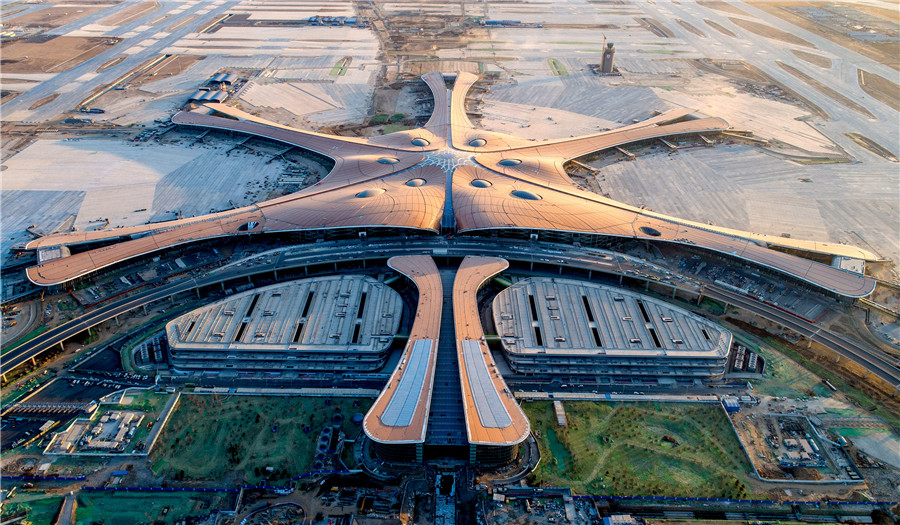Northern China still has great growth potential
By Yu Ze | China Daily | Updated: 2019-05-23 07:15

Some posts on social media platforms say the Chinese economy exhibits the phenomenon of "Hot South, Cold North", which means economic development in southern China is better than in northern China. But despite the recent economic experiences of northern China, we should not be pessimistic about the region's economic future.
The economic gap between southern and northern China is mainly because of the slow economic transition of the northern region in the past years. But northern China's economy has great potential to become a significant driving force of the country's high-quality development, by implementing supply-side structural reform and transforming its development model.
Divided by the Qinling Mountains-Huaihe River line, southern and northern China have many differences in terms of geography, climate and the environment. As such, they have developed different industrial structures. The southern region has had higher GDP than the northern since the founding of New China. The economic gap between the two regions widened after the launch of reform and opening-up in 1978, especially after the establishment of special economic zones in cities such as Shenzhen in southern China. And although the gap narrowed after 2000, it widened again after 2014 in terms of growth rate and economic aggregate.
Last year, for example, southern China's GDP was 56 percent more than that of northern China, and among the 17 cities in the "1 trillion yuan GDP ($144.58 billion) club", only four were in the northern region.
The Chinese economy's new normal since 2012 has been the shift from quantitative growth to qualitative development and the adjustment of the economic structure, which signifies the transformation of the economic development model.
For a long time China's economic growth depended on large-scale investment and manufacturing, with the efficiency of growth being comparatively low. Under this development model, northern China developed rapidly thanks to its advantages in land and mineral resources including coal and petroleum. At one point, the development of southern and northern China was basically balanced, although some areas in the southern region registered high-speed growth. In fact, thanks to the abundance of raw materials and large enterprises, northern China became a big industrial base.
But after the national economy stepped into the new normal, China's quantitative development model faced a new challenge, the challenge of limited resources, deteriorating environment and disappearing traditional economic driving forces. Which made it necessary to shift from quantitative growth to qualitative development. Southern China has gradually realized the transition while many areas in northern China are still dominated by traditional industries.
Although further exploitation of the resources available in northern China can improve the region's GDP, it could lead to more resource-exhausted areas. With a simple industrial structure and limited resources, some areas in northern China have become less attractive to investors and enterprises. And rightly so, because depleting resources and a simple industrial structure will make it difficult for large enterprises to survive.
In addition, the deteriorating economic situation has forced local governments to implement favorable policies for local enterprises, in order to maintain healthy employment and growth rates, which in turn has created zombie enterprises.
To help the northern region shift from the old development model of investment-and manufacturing-led economic growth to a qualitative development model, the authorities have to accelerate the construction of information and communications technology infrastructure in the region, so it can capitalize on the opportunities created by 5G technology and narrow the economic gap with southern China.
And the government and market should jointly bear the cost of economic transition and expedite the supply-side structural reform to promote northern China's economic development.
The author is a researcher at the School of Economics, Renmin University of China. The views don't necessarily represent those of China Daily.























